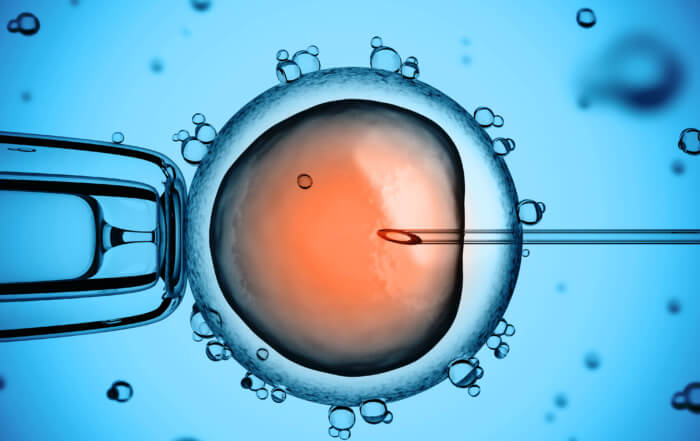All About Stem Cells
To begin, we thought it would be helpful to address something fundamental; what are stem cells? Over the last decade, stem cells have received a lot of notoriety as the focus of many contemporary scientific studies and publications. The aim of this blog is to break through the mysticism and take it back to the basics.

Regenexx Cayman paves a different path, with a unique mission:
What are stem cells?
Stem cells are the body’s raw building materials. They are found throughout the body, in the brain, bone marrow, blood, blood vessels, skeletal muscles, skin, liver, heart, gut, and even teeth! There are different types of stem cells, but all stem cells share three properties:
The process of stem cells dividing to create specialized cells, is called differentiation. Differentiation happens over multiple stages and within each phase the cell is becoming more and more specialized.
Stem cells remain dormant until stimulated into division by external or internal signals. The internal signals are controlled by cell genes. External signals include: physical contact with another cell, another cell’s chemical secretion, or molecules present within the micro-environment.
Why are stem cells important?
Stem cells have the potential to infinitely replicate themselves, dividing without limit into other types of cells. Through the process of stem cell division, the body can renew itself, replacing damaged cells with healthy new cells. As a result, stem cells are thought of as the body’s internal repair system.
Sometimes, despite the presence of internal and or external stimuli, the body does not have enough stem cells present for renewal and restoration of normal function. Regenexx procedures bridge this gap, assisting the body’s natural healing abilities by providing highly-concentrated and purified stem cell injections to the area of injury. Regenexx procedures use advanced medical imaging for accuracy and precise placement of the stem cells, to help maximize treatment outcomes.
What type of stem cells are used in Regenexx Cayman procedures?
There are three types of bone marrow stem cells: hematopoietic, endothelial, and mesenchymal stem cells. These three types of stem cells are classified as non-embryonic, adult stem cells. Adult stem cells are undifferentiated cells and can proliferate to maintain, repair, or replace other cells which are damaged through injury, over use, and the general wear and tear impact of life. They typically divide into the same cell type as the tissue they originate from.
Regenexx Cayman procedures utilize autologous mesenchymal stem cells, harvested by bone marrow aspiration. Autologous means cells are obtained from the same individual, as our re-injection procedures use the patient’s own stem cells. Mesenchymal stem cells can separate to become the bodies’ connective tissue, bones, cartilage, and muscle. Mesenchymal stem cells are effective in the treatment of orthopedic conditions, such as joint arthritis, tendon and ligament tears, cartilage damage, non-healing fractures, and spine conditions, including degenerative disc disease, and bulging or herniated discs.
Stem cells provide a viable alternative to invasive orthopedic surgical procedures, empowering patients to harness their body’s natural healing power for faster recovery.